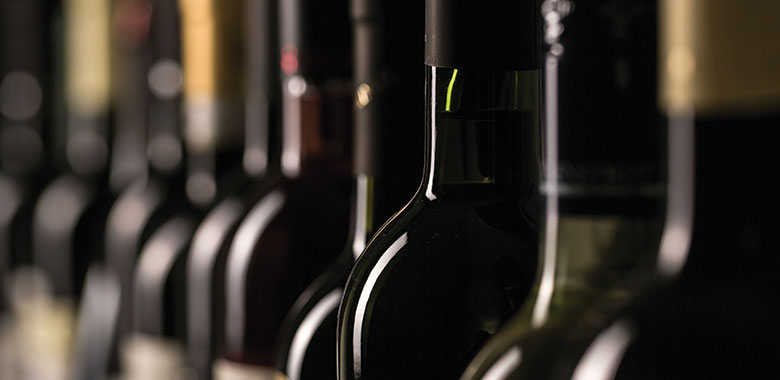
Wine
The 10 Biggest Wine Myths
Wine is such a complicated and interesting topic but with so much information on the internet about it it's hard to tell what's myth and what's fact. Discover the truth on the 10 biggest wine myths with Wine Selectors.
Myth 1: All wine gets better with age
Fact: A lot of wine in Australia is made to drink within 12-18 months.
There’s a real trend at the moment, especially with reds, for winemakers to craft young, fresh wines to drink immediately rather than to age. You can still find wines that are made to age for decades, with Hunter Valley Semillon and Australian Shiraz being great examples.
Myth 2: Bottles of wine sealed with a cork are better than those with a screw-cap
Fact: In a perfect world, the perfect cork is the perfect closure, but in reality, perfect corks are extremely rare.
Screw-caps eliminate many of the problems that can come with corks such as cork taint, oxidation and leakage and give the wine-lover confidence they’re getting quality and consistency. Find out more about corks vs screw caps here.
Myth 3: The more expensive the wine, the better it tastes
Fact: One of the joys of wine is that it comes down to personal taste.
How much a wine sells for can indicate the quality of grapes and how expensive the winemaking process was. However, a lot of wine pricing is driven by economics and supply and demand, but this will never guarantee that a $500 bottle will taste five times better than a $100 one.
Myth 4: Blended wines are inferior
Fact: This myth has been driven by Australia’s insatiable thirst for single variety wines.
However, one of the ironies of this is that some of Australia’s greatest wines ever made were blends. In fact, one of the most famous blended wines in the world is Champagne. Blended wines are a classic case of the end product being greater than the sum of its parts.
Myth 5: The French invented Champagne
Fact: It is argued that English scientist and physician Christopher Merret invented Champagne in the 17th century when he added sugar to a finished wine to create a secondary fermentation.
Myth 6: Red wine with meat, white wine with fish
Fact: This is not a myth in that generally, the high tannins in red wine are a delicious complement for the fat in red meat, and the acidity in white wine gives brightness to a match of chicken or fish.
However, it’s not a hard and fast rule. For example, you can pair red wine with fish; the secret is matching weight with weight. If salmon is poached, it will be silky, therefore a Rosé or Pinot Noir can work, while roasted salmon/ barra might pair well with a bolder red. Sauce is another factor, a creamy sauce screams for white wine, but a spicy red sauce or mustard sauce could work well with Sangiovese or even cool climate Shiraz!
Myth 7: A heavier bottle equals higher quality
Fact: Bottles with thicker glass are pricier because there is a higher investment in the packaging process, but it says nothing about the wine quality.
Myth 8: The correct serving temperature for red wine is “room temperature”
Fact: The ideal temperature to serve red wine is 14-18ºC.
Serving it too cold will dull the aromas and ultimately the flavours in full-bodied red wine. Room temperature in Australia during the peak of summer may be anywhere from 25–35ºC, so don’t be afraid to pop your favourite red wine in the fridge for half an hour before your barbeque, unless, of course, it’s come from a temperature controlled environment. Learn more about how to store wine at home here.
Myth 9: An expensive decanter is the only way to decant wine
Fact: You can decant wine in any clean vessel such as a vase, a saucepan or a teapot.
The process is simply to bring the wine into contact with oxygen to really bring out the aromas and flavours and help it to breathe. A stylish decanter obviously looks beautiful, though, and adds to the theatre of wine enjoyment. Learn more about how and when to use a wine decanter here.
Myth 10: If a wine smells and tastes like a particular fruit, it has been made with the addition of that fruit
Fact: The only fruit wine is made from is grapes.
The other aromas and flavours you might detect are the result of aroma and flavour molecules that a grape shares in common with a particular fruit. For example, Cabernet grapes contain the same flavour molecules as blackcurrants, and Sauvignon Blanc has the same molecules as those found in green vegetables.